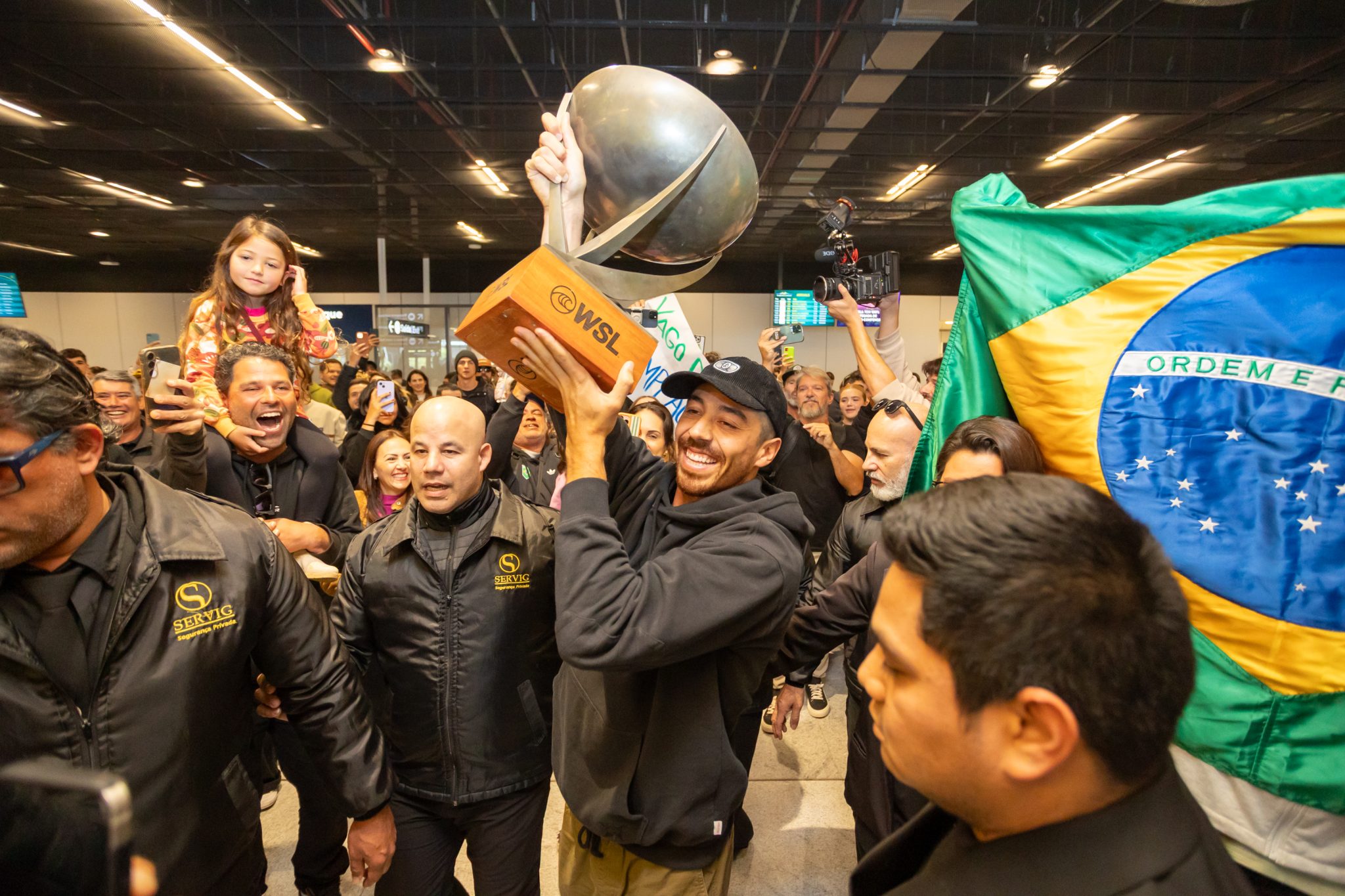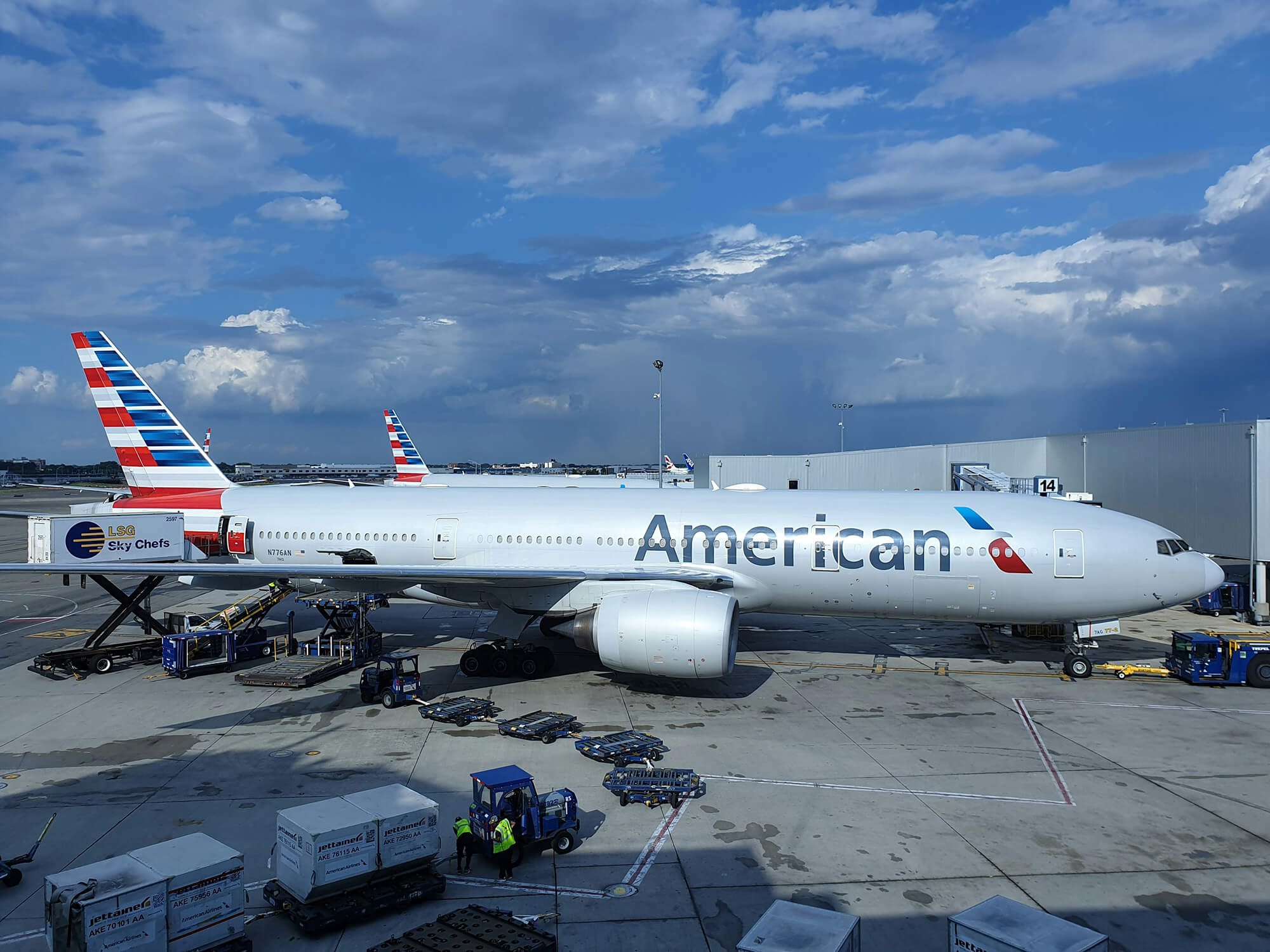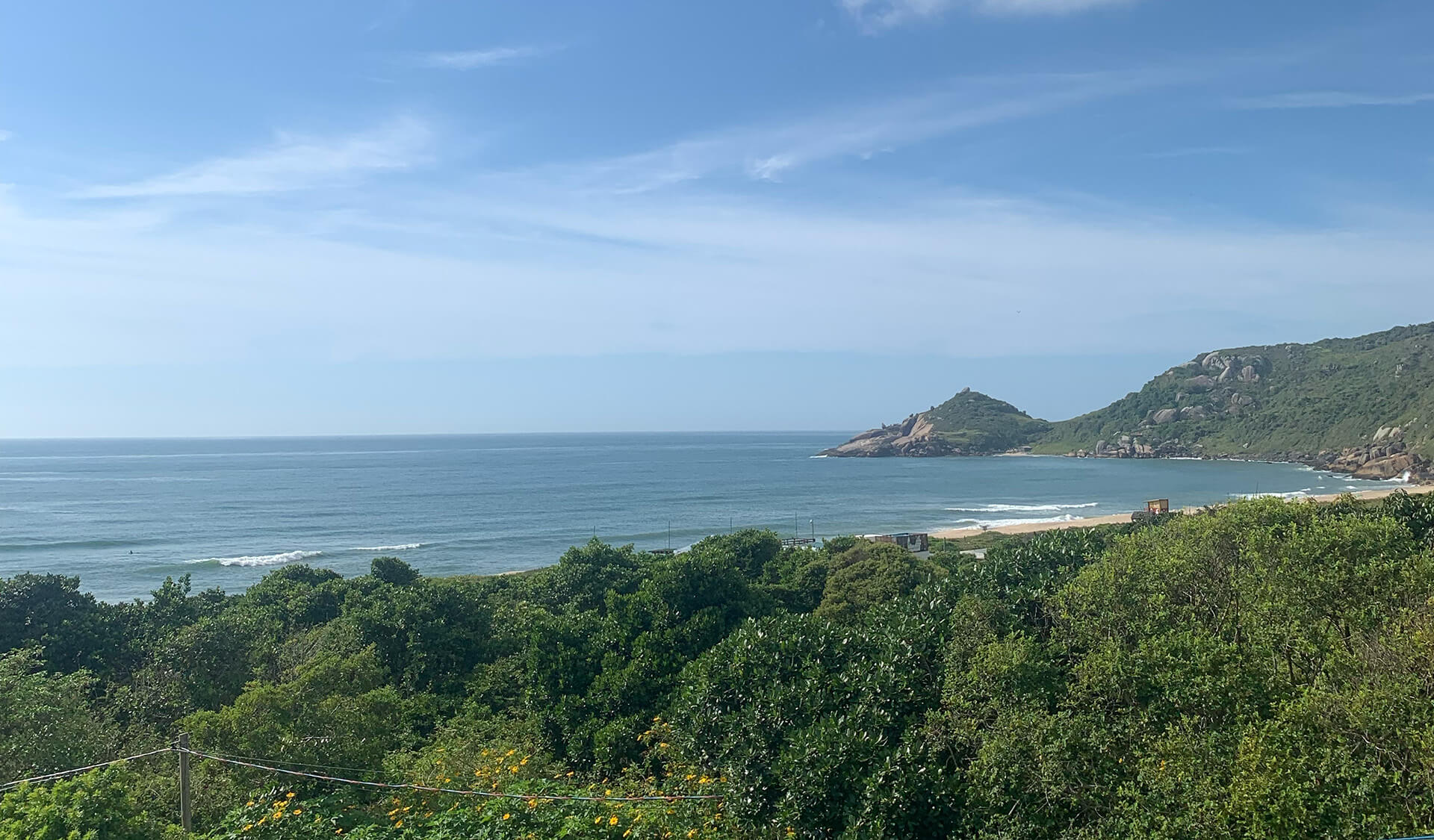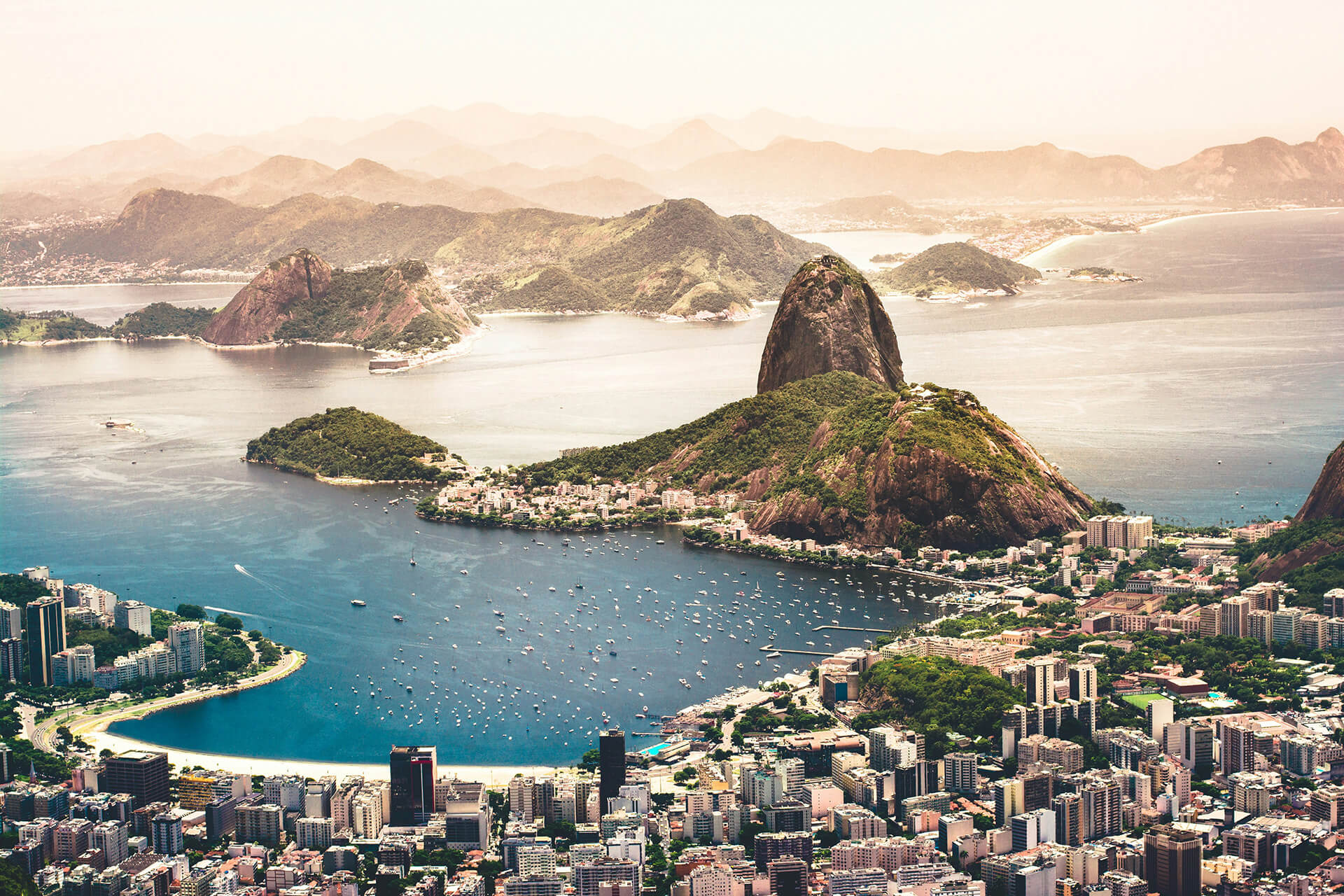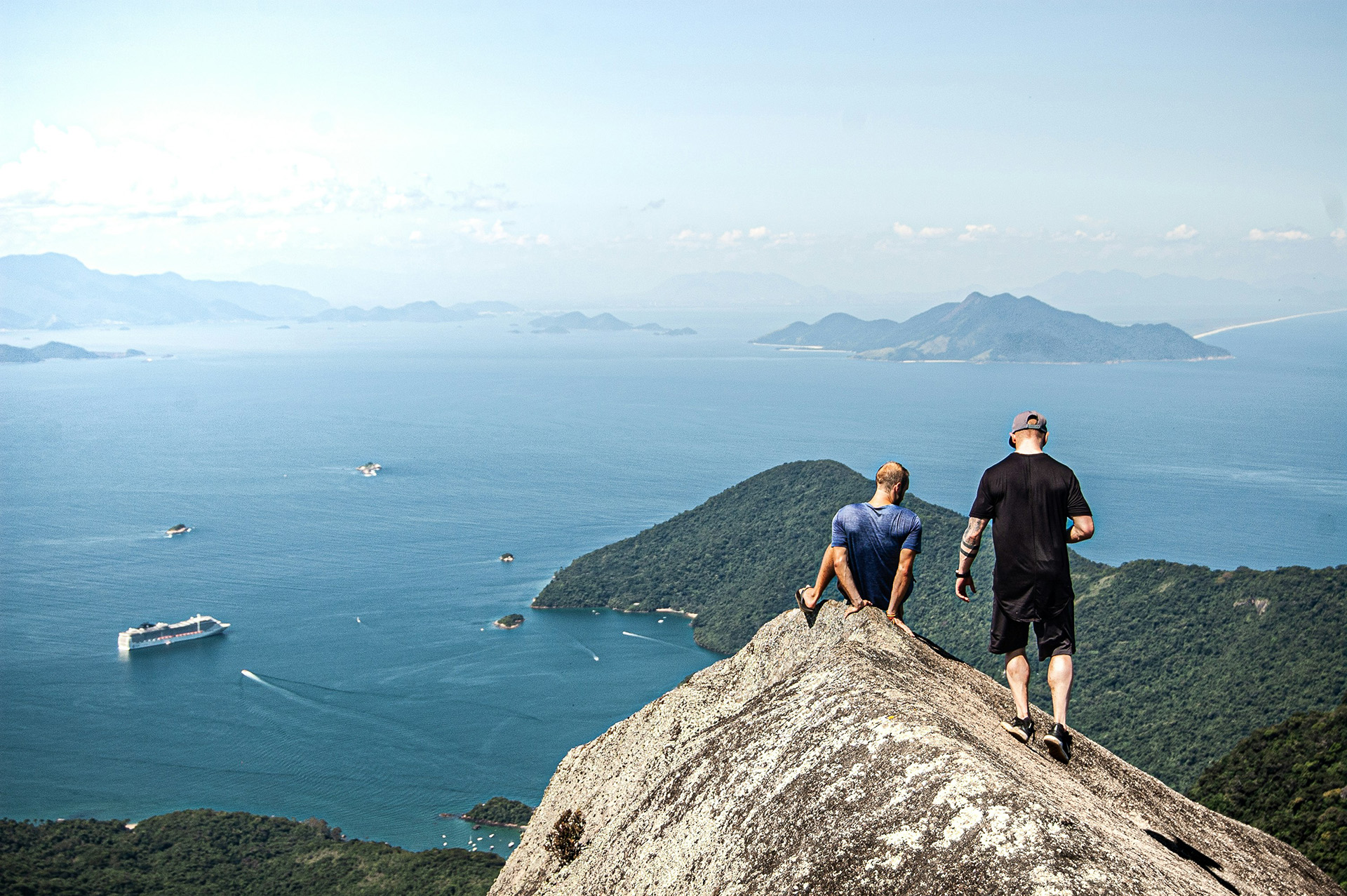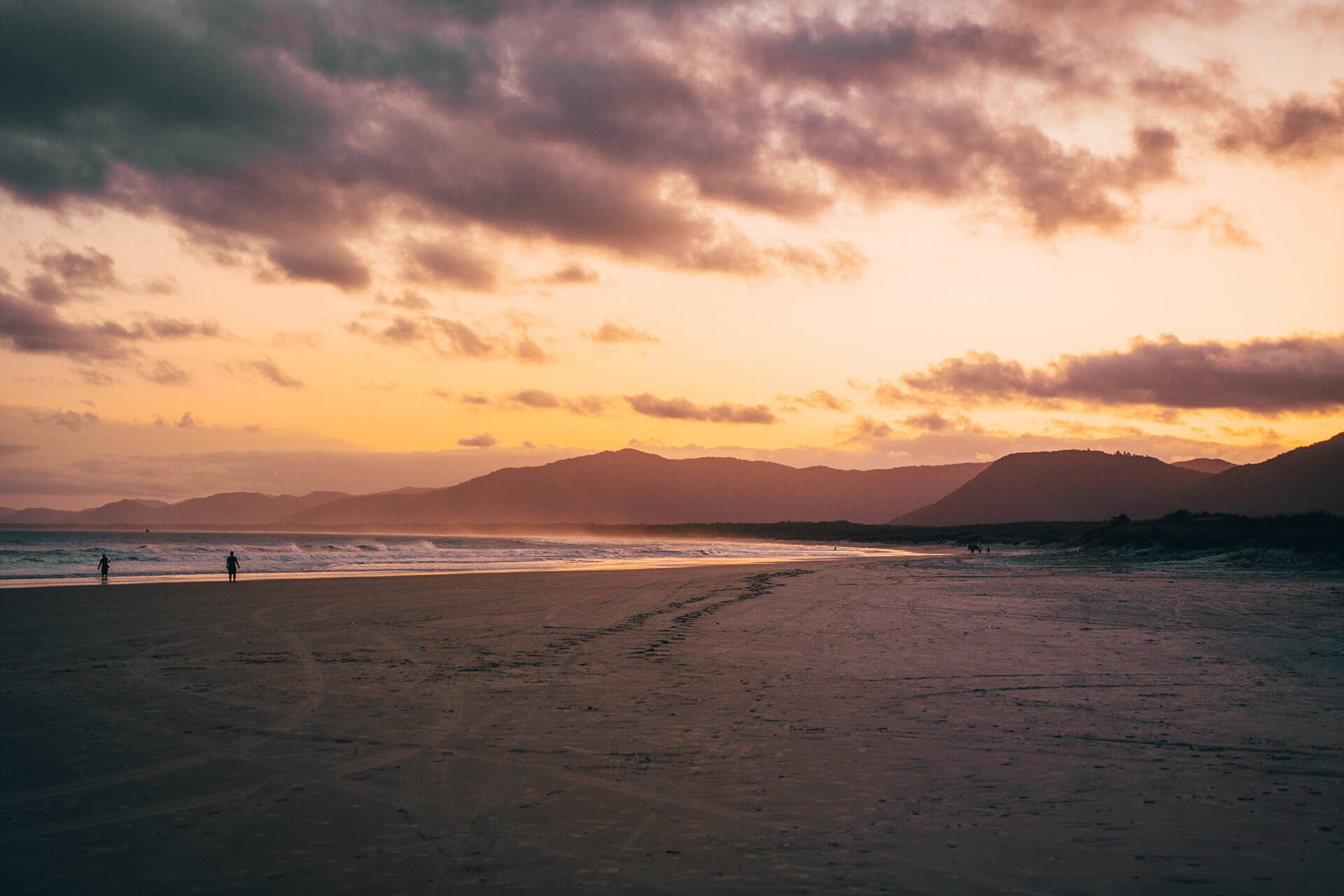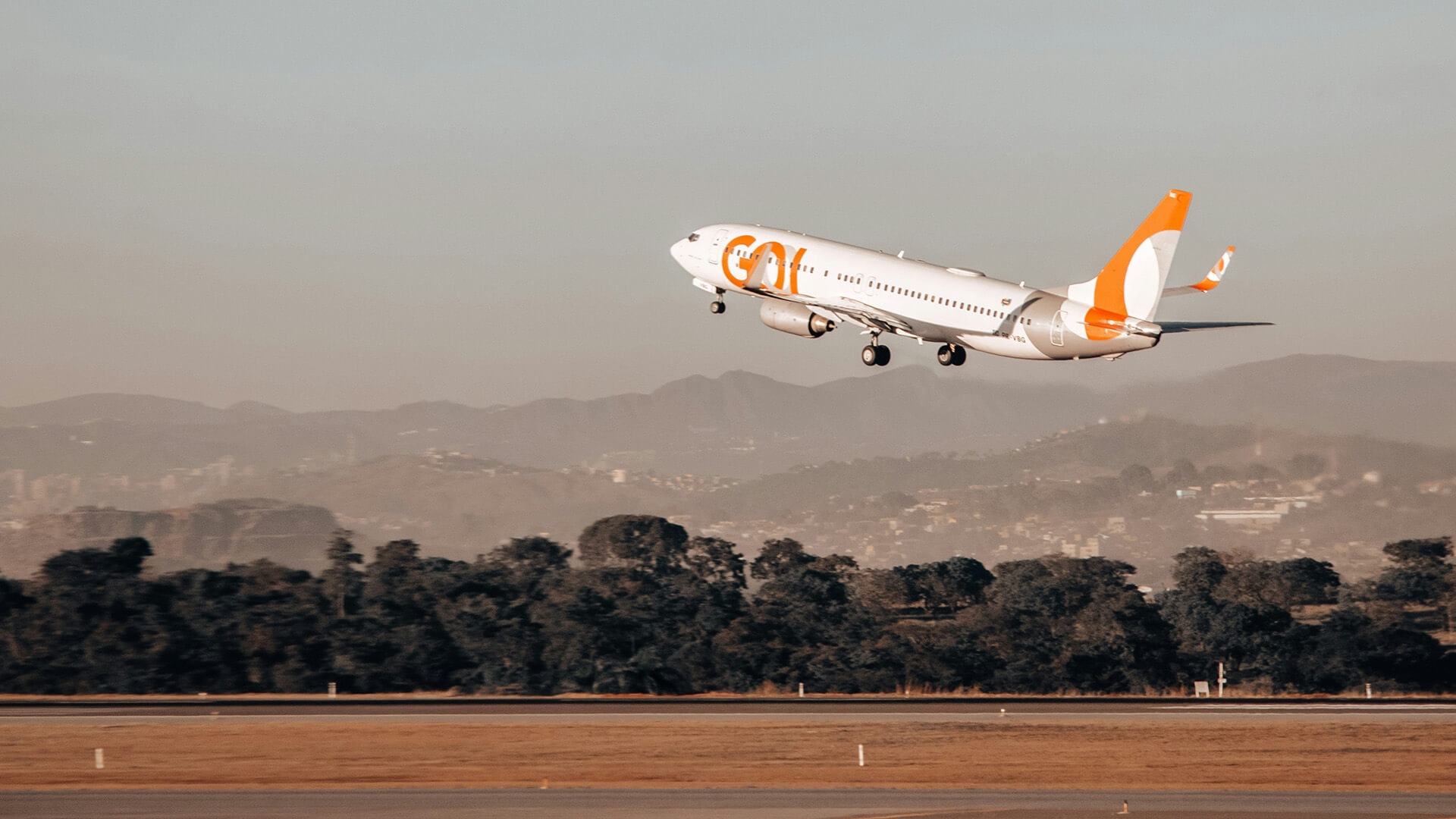Florianópolis — or Floripa — has evolved from a quiet island of fishermen into one of the most important surfing capitals in South America. Its 42 beaches, consistent swells, and surf-first lifestyle have shaped not just local identity, but Brazil’s rise as a global surfing powerhouse. What started as backyard board-building in the 1960s is now a professional, cultural, and economic phenomenon woven into every part of island life.
Early Origins: 1960s–1970s
Surfing reached Florianópolis in the 1960s, arriving via travelers and imported boards from Hawaii and California. Local pioneers began shaping crude wooden and styrofoam boards to ride the island’s clean southern swells.
- Joaquina Beach became the heart of it all in the 1970s, drawing Brazil’s first surf pilgrims to its hollow, powerful waves. The area grew from a remote dune into a surf community with basic infrastructure, showers, lighting, and makeshift contests that seeded Brazil’s surf culture.
- Surfing intertwined with fishing culture, creating a laid-back community that mixed ocean knowledge with youthful rebellion. Barra da Lagoa saw the first informal surf schools, while Campeche and Santinho became key breaks for experimentation and early competitions.
By decade’s end, Florianopolis had become a bit of a national icon, mentioned in travel magazines and surf films worldwide.
Growth and Cultural Development: 1980s–1990s
The 1980s brought cheaper and more accessible fiberglass boards, wetsuits, and Brazil’s first dedicated surf brands like Mormaii, which began in Santa Catarina and helped make surfing accessible to a new generation.
Tourism boomed, with up to 70% of seasonal visitors citing surf as a main reason for coming. Nearby Guarda do Embaú (40 km south) would later be declared a World Surfing Reserve.
Modern Evolution: 2000s–Present
By the 2000s, Floripa was on the global map. The Association of Surfing Professionals (ASP) — now the WSL — held annual tour stops at Joaquina, where champions Andy Irons (2004) and Kelly Slater (2005) both won titles.
Surfing became part of the island’s identity and economy:
- Dozens of surf camps and schools emerged, especially in Barra da Lagoa and Campeche.
- New stars like Yago Dora, Ian Gouveia, and Adriano de Souza credited the island’s varied waves for shaping their versatility.
- The 2010s saw the global rise of the Brazilian Storm, with Floripa at its heart — producing multiple world champions and making Brazil the winningest nation on tour.

In 2023, Surfland Brasil’s Wavegarden Cove opened in Santa Catarina, expanding access to consistent waves and positioning the state at the forefront of surf innovation. By 2025, Floripa hosts events like the WSL Layback Pro Joaquina and the Surf Film Festival, celebrating 60+ years of surf heritage.
Key Milestones Timeline
| Year | Event |
|---|---|
| 1970s | Joaquina Beach gains global attention; first local contests form. |
| 1980s | Mormaii and other local surf brands launch; Floripa becomes Brazil’s southern surf hub. |
| 1990s | Floripa surfers break into international QS events; hybrid surf-skate culture flourishes. |
| 2004–2005 | ASP World Tour stops at Joaquina; wins by Andy Irons and Kelly Slater. |
| 2000–2009 | National Super Surf Championships hosted in Floripa. |
| 2010s | The Brazilian Storm dominates; Adriano de Souza and Gabriel Medina elevate Brazil globally. |
| 2023 | Surfland Wavegarden opens — Brazil’s first full-scale artificial wave park. |
| 2025 | WSL Layback Pro Joaquina and Surf Film Fest mark six decades of Floripa surf culture. |
Surfing in Florianopolis today
Today, surfing in Florianópolis isn’t just a sport, it’s a social fabric. Generations surf the same waves their grandparents fished from. Schools, startups, and eco-projects orbit around beach life, while events like the Layback Pro and Red Bull Off Tour connect the old guard with new digital-age athletes.
With more than 40 surfable beaches on the island alone, over 50+ surf schools, and consistent year-round swells, Floripa stands out as one South Americas best surfing areas.

